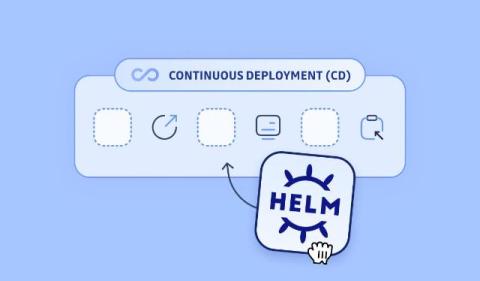Make Deployments Great Again: How to Use Helm with Continuous Deployment (CD)
Learn how to automate Helm deployments with GitOps, using Argo CD for continuous delivery. Seamlessly handle secrets, pod auto-restart, and version propagation in Kubernetes with this production-ready integration.











